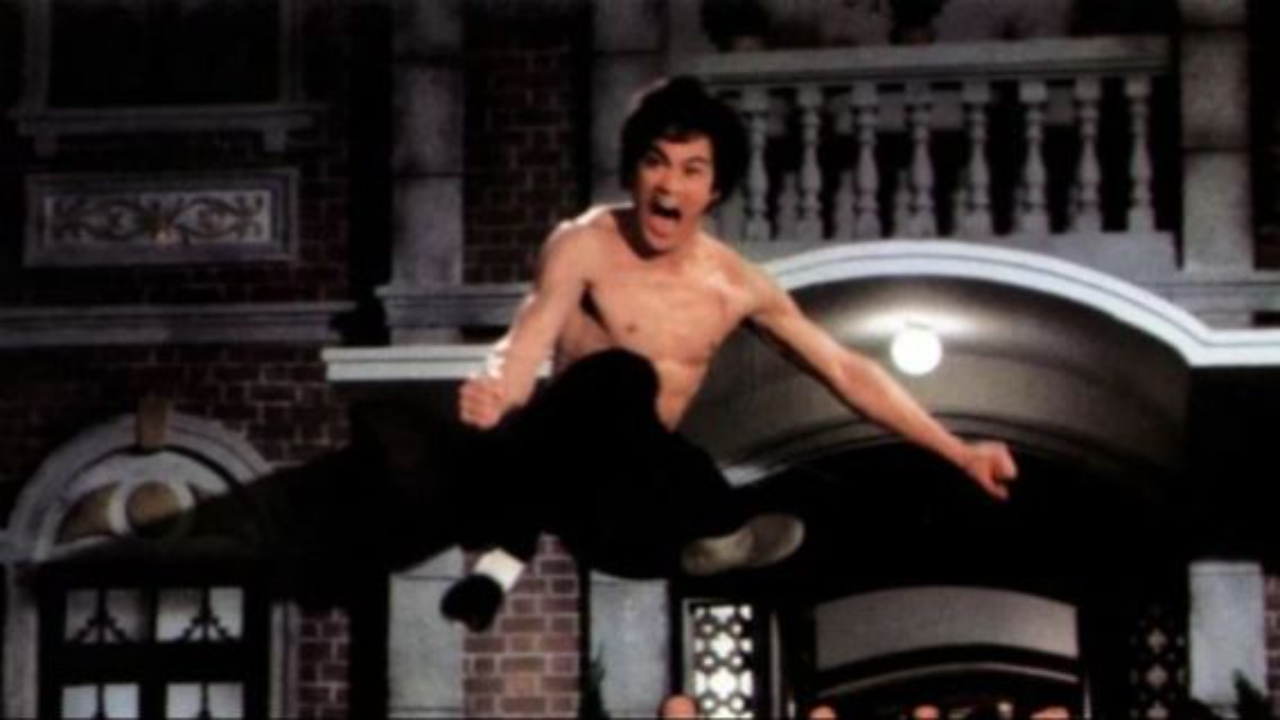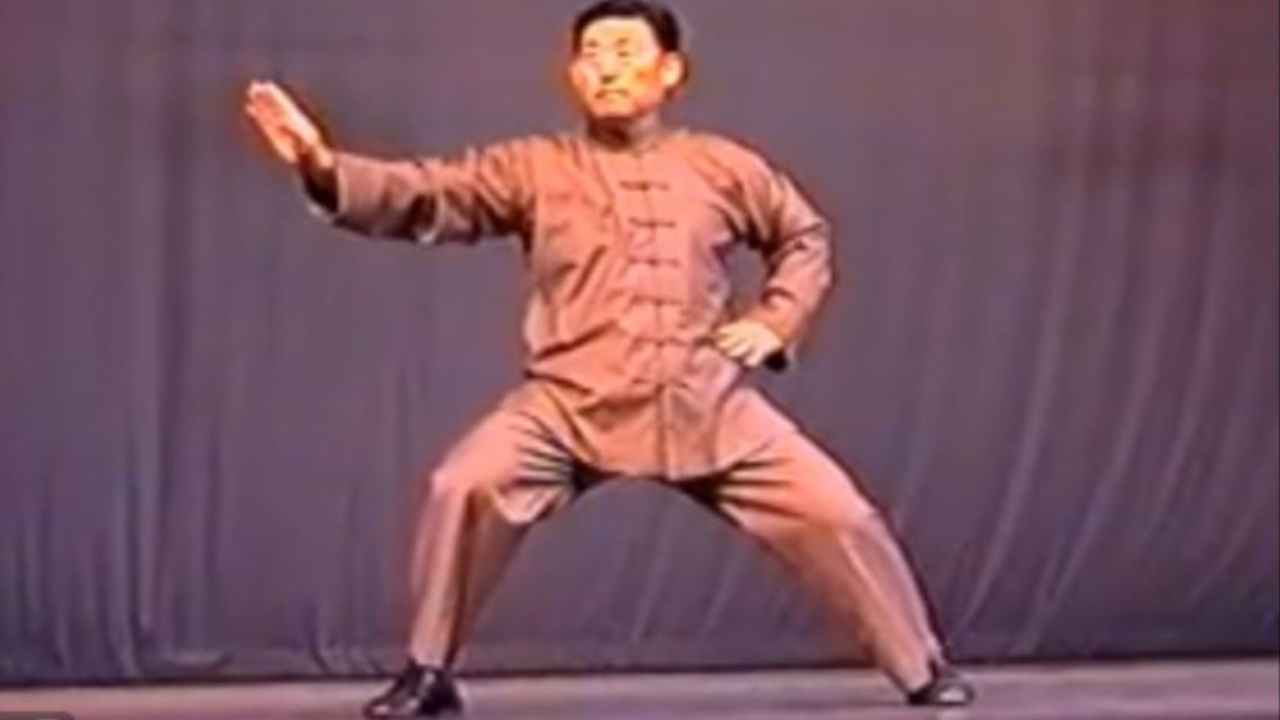Are You Afraid to Share Your Knowledge?

Nancy and I went to a driving range a few weeks ago to hit a bucket of golf balls. A golf pro was working there, and we found out that he charged just $25 an hour for private lessons. We took a lesson and got some pointers on driving the ball. Did it help? Not a lot -- yet. Like any sport, including tai chi, it takes practice for the body mechanics to sink in. But it was fun and I definitely learned some important points--intellectually if not physically.
I thought about this golf pro when I watched Tiger Woods win the US Open last week. Here's a guy working at a driving range in Tampa, giving golf lessons, but he probably couldn't even qualify as a caddy for Tiger Woods. If Tiger watched this golf pro swing a club, he would probably offer all kinds of advice. But the golf pro had a lot to teach me.
In the world of Tai Chi, people like Chen Xiaowang have the relative skills and position of Tiger Woods. Grandmaster Chen could look at almost anyone performing Chen tai chi and offer man...
Key Principles of Chin-Na and Joint Locks

I'm working on the new website (www.internalfightingarts.com), putting new DVD-quality video on it every day. It's an intense job to try to put all of our curriculum onto videos, into e-books, and get it up on a teaching site. The videos teach all the techniques, forms, and practice methods of the arts that I've been teaching for the past 11 years. I'm hoping to launch it to the world by July 1. In the meantime, there's SO much to do.
Today, I'm editing more video of basic chin-na and getting ready to put a 10-minute clip on the site. As I was editing, it struck me how easy self-defense can be if you can just switch to a different mindset. It struck me because I talk about it in the video that I'm placing on the new site today. :)
A lot of us, in the early years of our training, focus on techniques. For example, if he grabs me here, I should do this specific technique. Or if he pushes me here or punches there, I should do this or that.
The key to effective chin-na or any aspect ...
A World of Cultural Differences Between the U.S. and China

I'm enjoying the book American Shaolin more than any book in a long time. Matthew Polly spent two years at the Shaolin Temple as one of the only Westerners living at the Temple and practicing with the monks.
The book is a lesson in the Chinese culture--and an entertaining one. Among my favorite parts is when he's watching kung fu videos with the monks. In traditional Chinese kung-fu movies the hero always dies. Matthew brought some Seagal and VanDamme movies and showed them. The youngest monk asked at one point, "When is the hero going to die?" Matthew explained that VanDamme wasn't going to die because he's the hero.
The monks were confused. How can he be a hero if he doesn't die?
Matthew asked the young monk to explain why he felt that the hero had to die. An older monk spoke up and said (paraphrasing), "It doesn't take courage to fight when you know you can win. Real courage is when you fight on even though all hope is gone."
I thought that was really cool, and also an interesti...
Do You Want to Learn Quality or Do You Want to Learn Quickly?

I'm reading a great book -- American Shaolin by Matthew Polly. He went to China to study kung-fu at the Shaolin Temple. The book is a very interesting account of his adventure.
The Shaolin monk who "drew the short straw" and had to teach Matthew his first form didn't act as if teaching the American was a chore. It's funny to read about the monk going through ten moves of the form then stopping, trying to remember the next move. He sheepishly told Matthew that he hadn't taught the form in a while.
The monks at the Shaolin Temple don't think a lot of Americans. The monks spend 6 months to a year practicing basic moves over and over before they learn their first form. Americans, they believe, don't have the patience to become really good at a technique or a form before moving on.
Raise your hand if this sounds familiar. Anyone? Bueller?
There is a quote attributed to a Taijiquan master, who used to ask his students, "Do you want to learn quality or do you want to learn quickly?"
You ...
Extending Chi through Weapons in Tai Chi, Hsing-I, Bagua

 My favorite martial arts weapons are swords--broadswords or straight swords. I also love the elk horn knives because of their versatility in blocking, catching, and cutting.
My favorite martial arts weapons are swords--broadswords or straight swords. I also love the elk horn knives because of their versatility in blocking, catching, and cutting.
One of the concepts that many beginning students misinterpret (and they carry this misinterpretation on their backs for decades) is something I was told a couple of decades ago, too -- that you should "extend your chi" through the blade of a sword.
The impression that all of us beginning students were given was that this mystical, invisible energy actually goes out of our hands and through the sword. If we can't achieve that, we just aren't using our chi properly.
Let me put this concept into a more realistic frame of reference. When you perform techniques with a sword, you're not extending some mystical energy through the sword--you're using it as an extention of your body, with the same body mechanics applied as in the empty-hand forms that you do. In other words, the ground path, peng jin, whole-body moveme...
Chen Xiaowang and the Best Tai Chi Performance I've Ever Seen

When I first started studying Chen tai chi, I kept hearing the name of Chen Xiaowang and how good he was. One night, I was having a holiday party with my students, and we put a video on TV showing several different martial artists performing. I looked over at one point and saw the most beautiful tai chi form I'd ever seen.
Who is that guy, I wondered. I later found out it was Chen Xiaowang. It's still the best example of tai chi I've ever seen. It's from 1988 when he was in his early to mid-40's. There is so much information in this form that you could study it for a lifetime and learn new things.
Tai Chi and Integrity - Philosophy in Action

I was practicing push hands in the park yesterday with my friend, Douglas Nakamoto. He has learned from some excellent Chen teachers and has excellent insights into body mechanics. We were testing each other and then working out the body mechanics of handling an opponent's push, and we began discussing the concept of "maintaining your integrity."
There is a balanced position that you want to attain in tai chi. When you are in that position, where you can deal with attacks from any direction, you are said to have "integrity." When you find yourself becoming unbalanced, you must move in a way that brings you back into a position of integrity.
Naturally, since I love to translate the physical action into philosophical principles, this one is very interesting and I've been thinking about it. Having mental balance is to have mental integrity.
It's amazing how often our daily lives put us off-balance, from driving on the street (the drivers here in Tampa are crazy) to the bizarre behavior...
Explosive Performance by Chen Xiaowang

I was in the Washington D.C. area in 2003, attending a workshop by Grandmaster Chen Xiaowang. The highlight of the workshop, which focused on Laojia Yilu, was when we all got personal attention from Grandmaster Chen on fajing. I stood in front of him to do the hidden hand punch and when I sunk into my right kua before the punch, he said, "Too much." So I tried it again and he said, "Too much." I lightened up a little on the sinking and he smiled and said, "Ahh, okay."
Then he took both my arms in his hands, had me relax my body, and he jerked one hand forward and pushed the other in the opposite direction. He did that two or three times as if I was a puppet. The little lightbulb above my head went on. He backed away and told me to repeat it, in front of the entire workshop. I did, relaxing and letting the fajing fly. He smiled and said, "Okay."
In the same facility where we were training, a big kung fu tournament was being held the same weekend. On Saturday night, a masters demonst...
A Good Point About Self-Defense

My good friend and loyal visitor Evan Yeung wrote this in an email:
"I'm thoroughly enjoying your latest DVD release. I'm halfway through the Beng Chuan section. The applications you've presented are straightforward and applicable to real life situations and some tournament sparring as well. I suppose the magic of Hsing-I is that the base moves are simple (relatively speaking, of course), but are remarkably versatile. John Painter, in his book on Combat Baguazhang, says that in a true fighting situation the complex moves rarely work... when the adrenaline is pumping, tunnel vision is occuring, and tactile sensitivity is going to hell, it's the simple moves that have been drilled that rely on larger muscle groups that take over. I think Hsing-I fits that bill."
I agree with Painter -- in a real-life self-defense situation, you won't have time for a lot of the complex movements. I've thrown out some chin-na movements because they were so impractical in a fighting situation that ...
Students Win at Day of the Champions Tournament

 Three of my students went to the Day of the Champions tournament near Chicago on Sunday and represented us very well in the internal arts and sparring divisions. The photo at left shows, from left to right, Kim Schaber, Kim Miller and Chris Miller.
Three of my students went to the Day of the Champions tournament near Chicago on Sunday and represented us very well in the internal arts and sparring divisions. The photo at left shows, from left to right, Kim Schaber, Kim Miller and Chris Miller.
Kim Schaber in the novice division placed 3rd in weapons, 2nd in sparring, 1st in Tai Chi, and 1st in the Interal Arts.
Kim Miller in the intermediate division placed 2nd in Tai Chi and 2nd in the Internal Arts. In the advanced divsion she placed 1st in sparring.
Chris Miller in the intermediate division placed 2nd in weapons, 1st in Tai Chi and 1st in Internal Arts. He also brought home the Grand Championship for adult under black belts.
Read more about it on their website. Chris and Kim Miller are leading the instruction in the Quad Cities since I fled to a warmer climate last June.
Congratulations, guys. I'm proud of your hard work!
--by Ken Gullette

